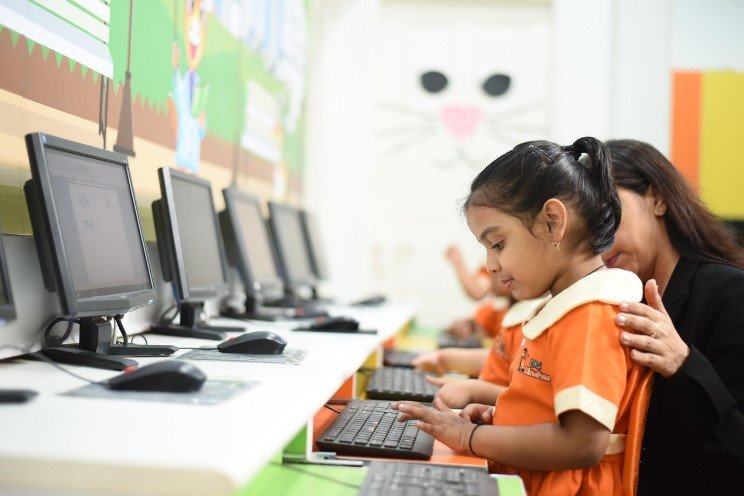Artificial intelligence is revolutionising classrooms all around the globe, and Australian kindergartens are thinking about how such technologies can enrich early child learning. As everyone anticipates their future in education for their young ones, information about the future prospects of AI in kindergartens matters more and more.
Such early schooling lies at the centre of a technology surge that runs long beyond computer basics. Artificial intelligence technologies are even being developed for toddlers, tiny preschoolers, which hold great potential to transform learning in early ages.
AI Techniques Applicable to Preschooling
There are various usages of AI which hold potential for preschool program in Ryde and beyond. Interactive learning systems fine-tuned by machine learning, learning rate fine-tuning, present ideas relevant to their developmental level. Language practice, pronunciation are managed by speech recognition systems, and robots are deployed for interactive companionship which helps in social and emotional learning.
Intelligent class systems can also monitor students’ interest and provide them with exercises that retain their interest. Such websites also anticipate the reactions that young people have towards learning resources, finding out which methods are most effective per individual child.
Pros of Preschool AI
Personalisation will probably be early education’s forte when handling AI. Compared to blanket methods, one can differentiate difficulty levels and modes of presentation commensurate with distinct divergent needs and interests of a child. One can, therefore, ensure that brighter learners are constantly challenged adequately, and slower learners directed appropriately.
Administrative effectiveness also increases when there’s incorporation of AI. Automated attendance, progress tracking, and parent communication systems release teachers to interact more with children. Such technology will have rich, fine-grained knowledge about individual progress of children, which will guide decisions about learning methods based on knowledge.
Long-term interaction via interactive resources based on AI takes advantage of childrens’ intrinsic interest in technology. AI-driven educational games hold great potential to attract learners via entertainment while developing key competencies such as problem-solving and critical thinking.
Challenges and Issues
Despite those merits, there are several challenges that surround early learning education’s use of AI. Data protection is number one, with AI systems storing much about young people’s learning behaviours and learning patterns. Parents are justified in questioning storage, distribution, and safeguarding of such highly personal data.
There are also potential drawbacks of diminishing human interaction. Young learners achieve vitally essential social and emotional learning competencies through interaction with teachers and their peers. Aiding learning through resources that are founded on AI has a potential cost of eradicating such essential human interaction that constitutes healthy growth.
There are also ethical issues associated with screen time and technology addiction. Early-childhood workers tend to recommend minimal screen time in early years, which poses challenges about acceptable thresholds of bringing in AI.
Preparing Early Childhood Education for Tomorrow’s Generations
Australian preschools are progressing slowly towards integrating AI, balancing potential and limitation. Most high-performing results will necessarily integrate individualising strengths of AI and unique human contribution of guidance and interaction.
Where there will increasingly be more and more technology, preschools that are showing balanced tendencies toward inclusion are worth consideration by parents. It’s not replacement of early education but complementing it through duly chosen technology tool support that strengthens human bonding and experiential learning processes.
Australia’s early childhood future will have technologies such as AI available but not centre stage, their roles being complemented by high-quality pedagogy and interaction which young children need to develop well.
